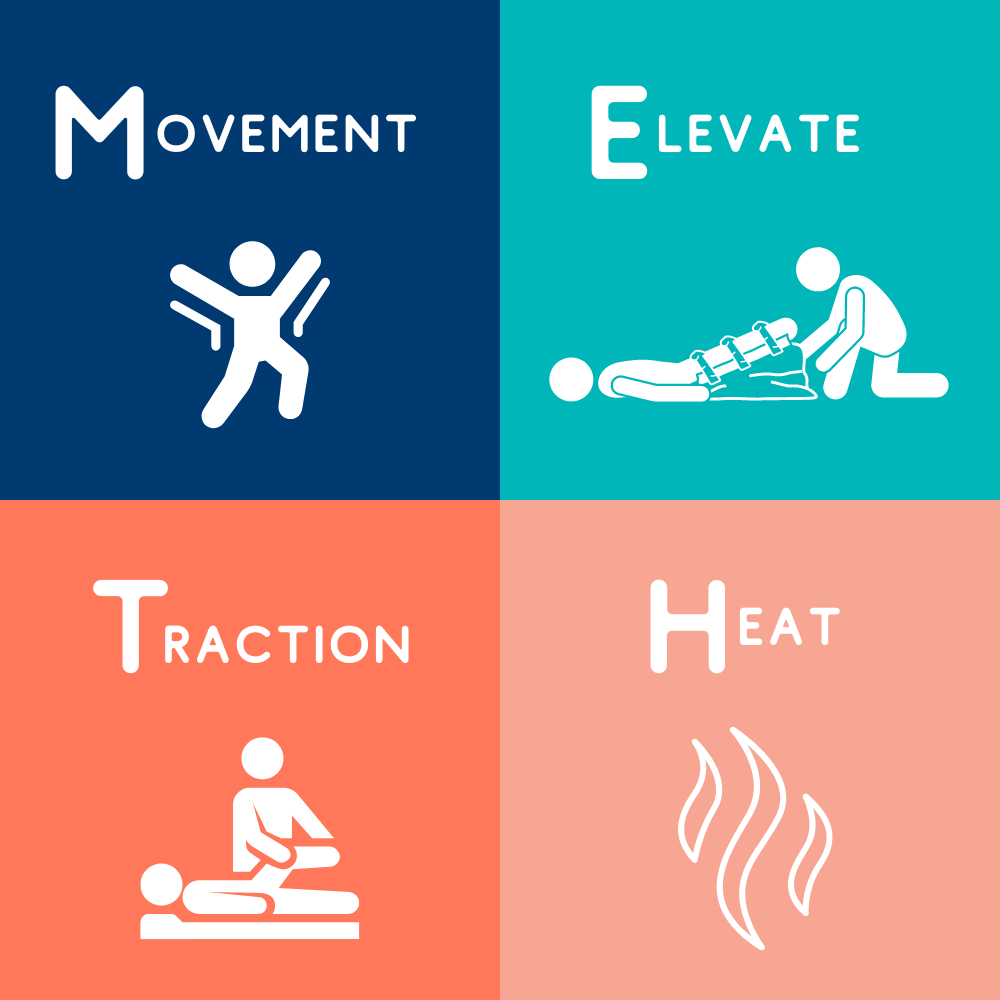Free Shipping over $49
Free Shipping over $49
First Aid Kits
Bandages

RICE or METH: What’s the Difference?
August 02, 2022 3 min read
As a mom, you’ve probably used the popular PRICE (Protect-Rest-Ice-Compression-Elevation) treatment method time and time again after your child falls off the trampoline or takes a tumble from the swing set. This acronym describes a way to ensure a sprain, strain, or other type of bone injury heals quickly and correctly. It’s designed to combat inflammation and give the body the rest and recovery it needs to get better fast.
But there’s a new healing acronym in town. M-E-T-H (Movement-Elevate-Traction-Heat) is a different technique that’s been proving itself o the medical community with impressive results. One emphasizes reducing blood flow while the other encourages it.
Should you be pulling out the KEEP>GOING Lil’ Chillys to ice your child’s injury or is movement the best thing? Learn the difference between the RICE and METH treatment methods so you can make a confident decision the next time you’re dealing with an injury at home.
PRICE
The RICE method focuses on reducing blood flow to the sprain or strain to prevent inflammation and swelling. It’s designed to diminish pain but may slow the recovery process.
Protect
Protect it from further injury.
Rest
The injured area should rest for at least 48 hours. No weight or movement helps to fight inflammation and swelling while ensuring the injury isn’t reaggravated.
Ice
Icing the injury combats inflammation and swelling. Use our KEEP>GOING kids ice packs on the injured area for about 20 minutes every hour or so after the injury occurs. After an icing session, remove the kids reusable cold packs and give the area enough time to return to regular temperature before icing again.
Compression
In an effort to reduce swelling, the RICE method also suggests compressing the injured area by wrapping it. A medical professional may provide a cast or other compression device. If not, you can use an elastic bandage or gauze from your KEEP>GOING First Aid Kit.
Elevation
Elevating the injured area above the heart reduces blood flow. It also helps to reduce inflammation and swelling.
M-E-T-H
The METH treatment plan is revolutionary and gaining popularity with medical professionals because it actually increases blood flow. While this may not help reduce inflammation, it may make it easier for the body to jumpstart the recovery process.
Movement
Putting weight on an injured foot or ankle isn’t recommended, but simple mobility exercises may help increase range of motion and encourage recovery.
Elevate
While blood flow to the injured area is encouraged with the METH treatment method, it’s still important to elevate the area to prevent excessive swelling.
Traction
Light pulling on the joints in the injured area is referred to as “traction.” Physical therapists use this technique to regain movement to the injured limb and kickstart the healing process.
Heat
Unlike RICE, heat is advised to promote blood flow and healing. Throw your KEEP>GOING Lil’ Toasty in the microwave for a few seconds and apply it to the injury. Begin this process a few days after the injury occurs and never leave heat on for more than 30 minutes in one session.
Whether you decide to use the RICE or METH treatment method for a bone injury, keep in mind your KEEP>GOING Lil’ Toastys and Lil’ Chillys were Designed to Help! They make it easy to heat or ice an injury, setting you on your way to recovery and healing.
GET 10% OFF IMMEDIATELY
Subscribe to our Newsletter and receive a 10% coupon when you enter your e-mail address.








